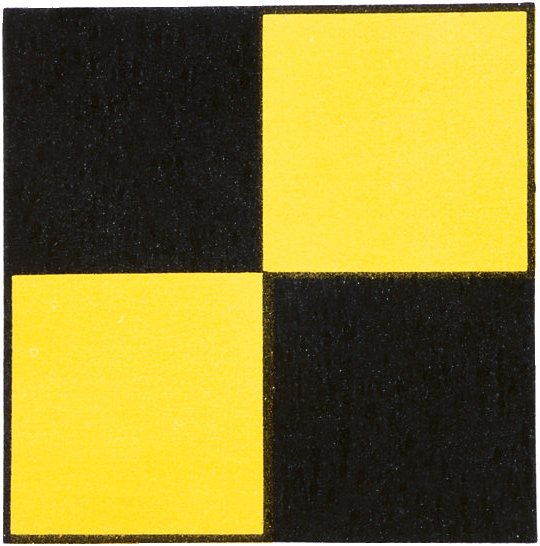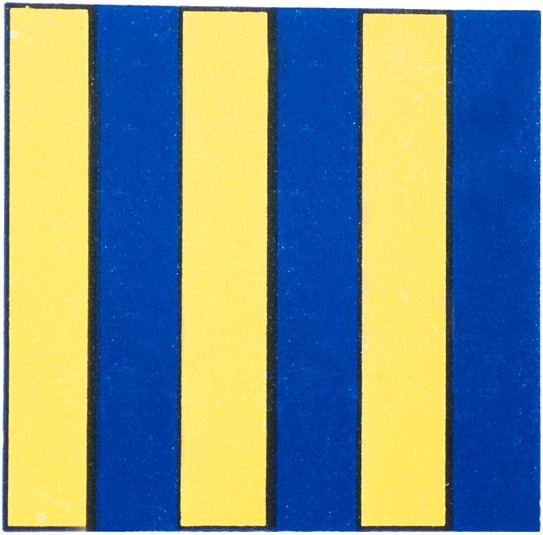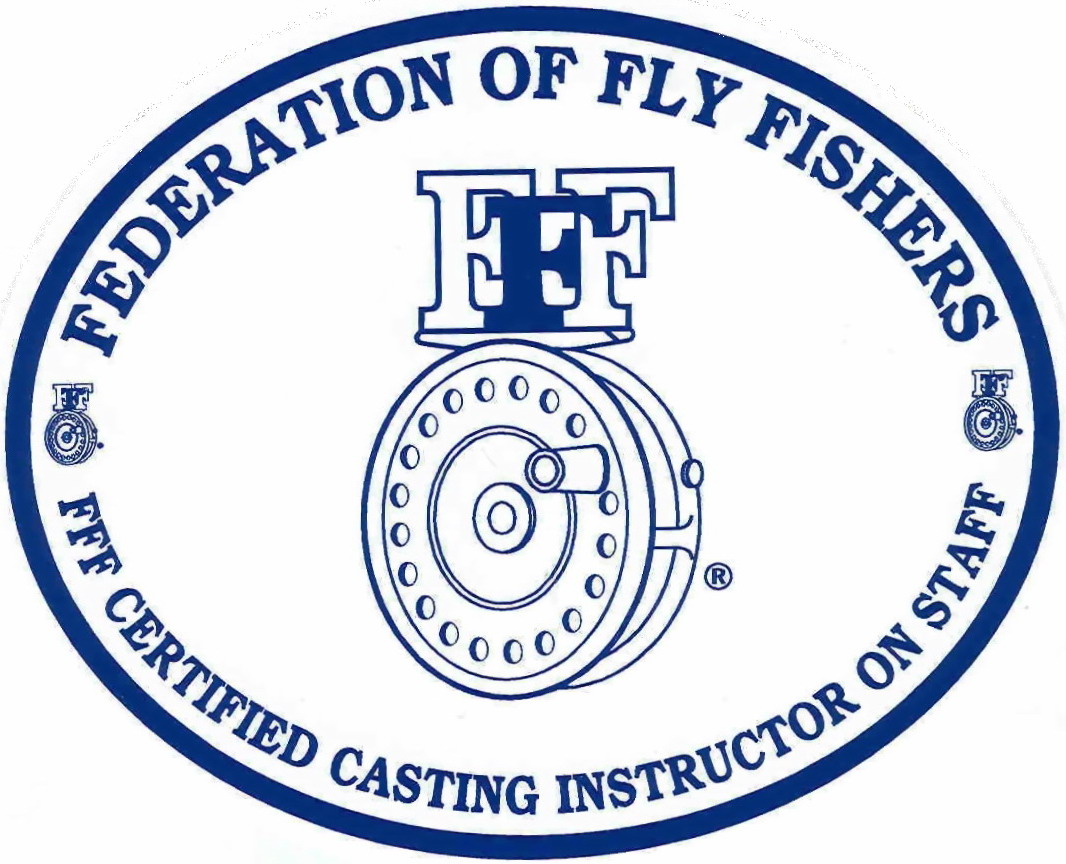Risk Mitigation for Wade Fishing at Night- A Lesson Learned the Hard Way
by Captain Jim Barr on 10/03/13
Personally I would rather saltwater fish in very shallow water (preferably with a fly rod), thus the name for my charter business, Skinny Water Charters. (www.SkinnyWaterChartersRI.com). Most seasoned striped bass anglers know these fish prefer to feed heavily at night and in the low light of early morning and evening. It's true that in the spring and fall months stripers can be found in the middle of the full light of day, typically when they are making their spring and fall migrations or when they have pushed bait to the surface creating those dreamy sustained top water blitzes. This top water action is found in both shallow water as well as deep water environments. In Rhode Island, during July and August, stripers will often retreat to deeper and colder water that can significantly degrade our shallow/top water fishing opportunities.
In Rhode Island we are blessed with many shallow water /tidal estuaries, flats and salt ponds, absolutely wonderful places to fish for stripers and hickory shad. During those warm summer months one of my favorite places to fish are the salt ponds along our southern coast, each of which is connected to the ocean via narrow breachways that supply cold and highly oxygenated water, and striper forage that includes crabs, shrimp and a variety of small baitfish. Ideally I like to target fishing in darkness, during an incoming tide, and in skinny water. During periods at and surrounding the new and full moons that bring big tidal exchanges and fast moving currents, the incoming night tides can produce spectacular fishing in a beautifully serene environment- few if any competing anglers, no waves or engine noise from passing boats, only the composite sound of the ocean breaking on the distant barrier beach, the occasional screech of a seagull or tern and the nearby slurping of stripers feeding in shallow water.
Tragedy Narrowly Averted
Several years ago on an early July evening, the stage was set for such an outing. In two canoes, three of us crossed the narrow breachway as the tide began to turn. The new moon would guarantee no light except the faint glow of a starry sky. We each wore a life vest for the crossing, and brought our chest waders, chest packs, and headlamps that would provide the light we would need to change fly patterns and hopefully unhook fish. We anchored the canoes in a foot of water on the southernmost end of an expansive sand flat that was beginning to come alive with gulls and terns wheeling over clouds of sand eels that were beginning to school on the flat. We removed our life vests and stashed them in the boats for the return trip, wet waded the short distance to dry land to put on our waders and packs, string our fly rods and tie on our starting fly patterns. In short order we were positioned on the flat and casting to nervous water as the sun set and the salt pond began to fill with cold ocean water. Our timing was near-perfect, as the light fell from the sky and the "sun setters" on the far shore packed up their beach chairs and wine glasses, the parking lot emptied, and the stripers began feeding heavily.
As expected the top water fishing became spectacular. We had the entire flat to ourselves on a warm summer evening with all the striped bass we could ask for feeding on the surface as close as a rod length away. We continued to wade the flat casting to pods of breaking fish as they recklessly fed further north on the flat into the belly of the salt pond. During those several first hours of the incoming tide the fishing was so fast and furious that we paid little attention to the gradually deepening water and the distance we were opening from our anchored canoes. The sky was black, the only light being our headlamps that we turned on occasionally to change a fly and unhook a bass. I glanced at my watch and realized there were two more hours of incoming tide before the water went slack. Panic set in when I realized we were roughly 200 yards from where we anchored the boats, that the current was still flowing heavily against us and that I recalled having crossed through several low areas on the flat where the water would be deeper than the waist high depth I was now standing in.
We soon realized our peril. I was the strongest wader of the three of us, so the plan was that Paul would stay with his girlfriend, turn on their headlamps and make whatever progress they could as I pushed hard against the current and deeper water to get to the boats before we were all swept off the flat into the deep water where with all our gear weighing us down there would be little chance of avoiding being drowned.
As I crossed several deeper areas on my way to the boats, as feared, the current pushed water over my waders so that by the time I reached the relative safety of the canoes I was exhausted and my waders were nearly full despite wearing a tight wading belt. I stripped off my beach shoes (I never wear wading boots when fishing in saltwater estuaries) and waders and piled into the canoe and floated them down-current to my friends. Together we found shallower water further west on the flat, and eventually paddled back to the launch.
Lessons Learned
I have since wade-fished that same flat during similar conditions but I do a few things different than the night we came so close to tragedy. What's different?
- I tell a friend or family member where I'm fishing and roughly what time I expect to be off the water, and that I will text message them when I am on dry land.
- I wear an inflatable life vest. The type that you can manually inflate by blowing into a tube, but that also allows for instant inflation by pulling a lanyard that opens a CO 2 cartridge. These vests are very lightweight and not bulky and they provide a high degree of peace of mind when wading at night near deep water. http://www.basspro.com/Bass-Pro-Shops-Auto-Manual-Inflatable-Life Jacket/product/11090805012133/?hvarAID=shopping_googleproductextensions&om_mmc=shopping_googleproductextensions&kpid=11090805012133
- I wear a chemical light stick and a plastic whistle on a breakaway neck strap that is activated by bending the plastic tube. These light sticks are waterproof and glow for many hours without worrying about losing battery power. They are also bright enough to change fly patterns and to handle a fish. http://www.basspro.com/Offshore-Angler-Chemical-Light-Sticks/product/30731/
- My headlamp is waterproof and my batteries are fresh. If I do happen to be swept into deeper water, I will be easily seen by someone providing assistance. https://www.google.com/search?q=waterproof+headlamp+bass+pro&ie=utf-8&oe=utf-8&aq=t&rls=org.mozilla:en-US:official&client=firefox-a#q=waterproof+headlamp+bass+pro&rls=org.mozilla:en-US:official&tbm=shop&spd=10140417192088499764
- My cell phone is encased in a Lifeproof case http://www.basspro.com/LifeProof-Case-for-iPhone-4-and-4S/product/12091205013849/
and the case is inserted into the Lifeproof Lifejacket Float http://www.basspro.com/LifeProof-LifeJacket-Float-for-iPhone-4-and-4S-Case/product/12091205013851/
- I tether my canoe or kayak to my wading belt as I wade across the flat. Gone are the days of having to fight against a strong current to get back to my boat.
As anglers we generally are in overkill mode when it comes to gear that we take fishing. At the end of every wade fishing venture I take, I can easily identify half the inventory I brought that I didn't use, but the problem is I don't carry forward that lesson to the next outing. If you can build into your behavior a discipline that steers you away from toting stuff you never use and backfill some of that space and weight with the safety gear noted above, you will be more inclined to fish some of those quasi-risky locations and conditions where the big ones prowl.





